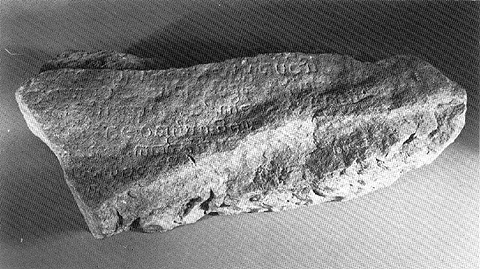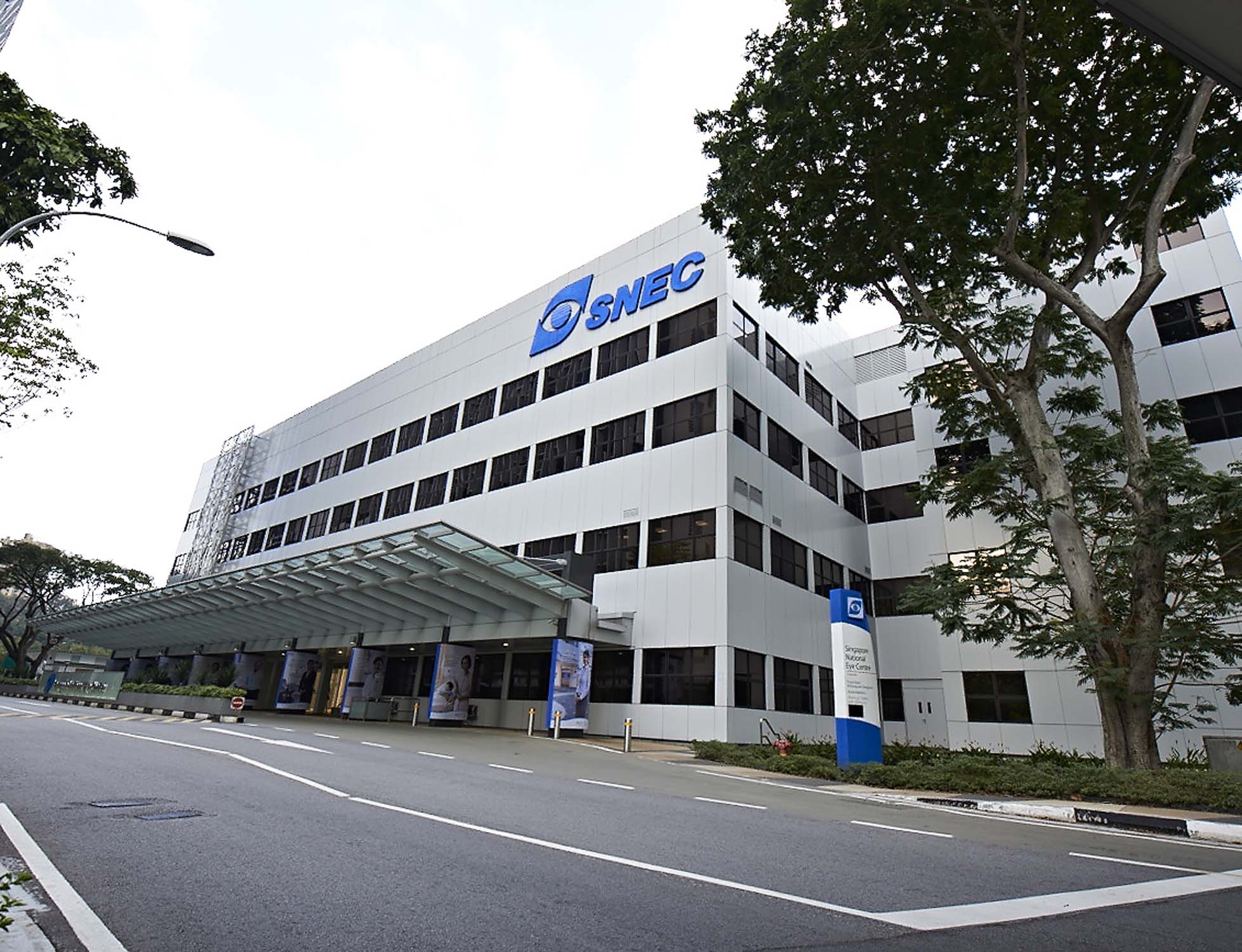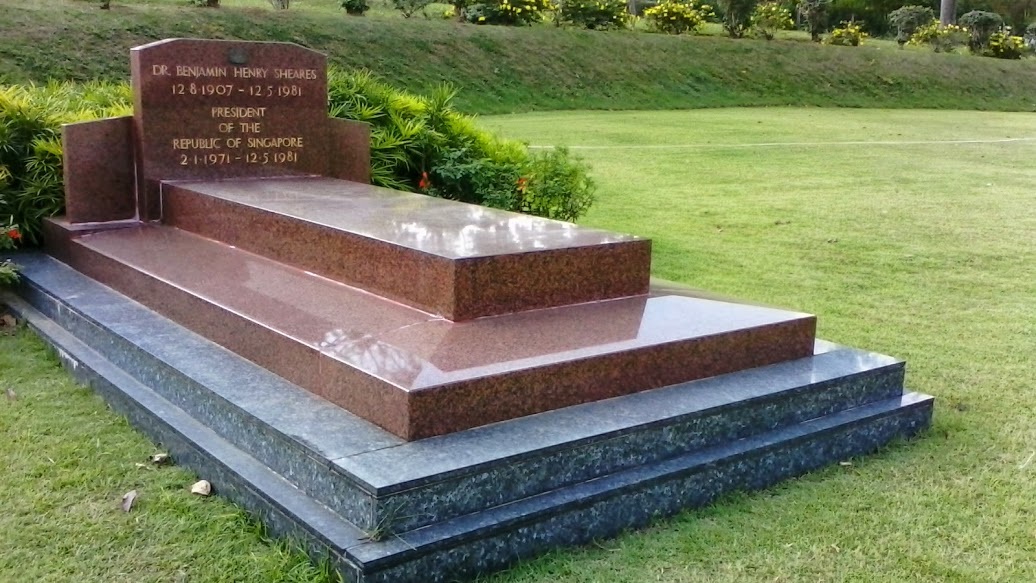|
SR Nathan
Sellapan Ramanathan (; 3 July 1924 – 22 August 2016),. often known as S. R. Nathan, was a Singaporean politician who served as the sixth president of Singapore between 1999 and 2011. He was also the longest-serving president in Singapore's history. He announced that he would not seek for a third term in office. Nathan contested in the 1999 presidential election and won by an uncontested walkover. He was re-elected as president after winning the 2005 presidential election uncontested again. In 2009, Nathan surpassed Benjamin Sheares to become Singapore's longest-serving president. Nathan was reportedly considering for a re-election and decided not to run. Nathan suffered a stroke on 31 July 2016 and was taken to Singapore General Hospital before he died in the hospital on 22 August 2016, at the age of 92. Early life and education Nathan, who was of Indian descent, was born in Singapore on 3 July 1924. He spent his childhood with his parents, V. Sellapan and Abirami, and ... [...More Info...] [...Related Items...] OR: [Wikipedia] [Google] [Baidu] |
Darjah Utama Temasek
The Darjah Utama Temasek ( en, Order of Temasek) is Singapore's second most prestigious national honour and was instituted in 1962. It is an Order conferred by the President of Singapore only to citizens of Singapore. It may be awarded to non-citizens only under special circumstances. As of 29 July 2019, the Order has three different grades: * the Order of Temasek (With High Distinction), * the Order of Temasek (With Distinction), and * the Order of Temasek. The rules of award state that no more than 12 people (other than people admitted in an honorary capacity) may be admitted to the Order of Temasek (With High Distinction) at any one time. As of August 2020, there are currently 8 people in the Order of Temasek (With High Distinction). There is no limit to the number of people admitted to the other two grades. History The Order was first instituted in 1962. It was then the most important national honour. The Order would have only twelve members, with Yang di-Pertuan N ... [...More Info...] [...Related Items...] OR: [Wikipedia] [Google] [Baidu] |
Independent (politician)
An independent or non-partisan politician is a politician not affiliated with any political party or bureaucratic association. There are numerous reasons why someone may stand for office as an independent. Some politicians have political views that do not align with the platforms of any political party, and therefore choose not to affiliate with them. Some independent politicians may be associated with a party, perhaps as former members of it, or else have views that align with it, but choose not to stand in its name, or are unable to do so because the party in question has selected another candidate. Others may belong to or support a political party at the national level but believe they should not formally represent it (and thus be subject to its policies) at another level. In running for public office, independents sometimes choose to form a party or alliance with other independents, and may formally register their party or alliance. Even where the word "independent" is used, s ... [...More Info...] [...Related Items...] OR: [Wikipedia] [Google] [Baidu] |
Indian Singaporeans
Indian Singaporeans (Tamil: ') are Singaporeans of Indian or South Asian ancestry, who constitute 9.0% of the country's citizens, making them the third largest ancestry and ethnic group in Singapore. While contact with ancient India left a deep impact on Singapore's indigenous Malay culture, the mass settlement of Indians on the island only began with the founding of modern Singapore by the British in 1819. Initially, the Indian population was transient, mainly comprising young men who came as workers, soldiers and convicts. By the mid-20th century, a settled community had emerged, with a more balanced gender ratio and a better spread of age groups. Indian Singaporeans are linguistically and religiously diverse, with ethnic Tamils and Hindus forming majorities. The Indo-Singaporean culture has endured and evolved over almost 200 years. By the 1990s, it had grown somewhat distinct from contemporary South Asian cultures, even as Indian elements became diffused within a bro ... [...More Info...] [...Related Items...] OR: [Wikipedia] [Google] [Baidu] |
Singapore General Hospital
Singapore General Hospital (SGH) is an academic health science centre and tertiary referral hospital in Singapore. It is located next to the Bukit Merah and Chinatown districts of the Central Region, close to the Outram Community Hospital (OCH), which functions as a supplementary community and rehabilitation hospital to SGH for newly-discharged patients. There is also the Outram Polyclinic to complement outpatient care. All of these institutions are operated by SingHealth, which comes under the purview of the Ministry of Health (MOH). It is the largest and oldest hospital in Singapore, and functions as the country's national hospital. Its foundation of its first building was laid in 1821, before its first major expansion in 1926. Subsequent expansions as well as renovations were also made in the following decades. SGH is the flagship hospital of SingHealth, the country's largest group of public healthcare institutions and the principal teaching hospital for the Duke–NUS ... [...More Info...] [...Related Items...] OR: [Wikipedia] [Google] [Baidu] |
Stroke
A stroke is a disease, medical condition in which poor cerebral circulation, blood flow to the brain causes cell death. There are two main types of stroke: brain ischemia, ischemic, due to lack of blood flow, and intracranial hemorrhage, hemorrhagic, due to bleeding. Both cause parts of the brain to stop functioning properly. Signs and symptoms of a stroke may include an hemiplegia, inability to move or feel on one side of the body, receptive aphasia, problems understanding or expressive aphasia, speaking, dizziness, or Homonymous hemianopsia, loss of vision to one side. Signs and symptoms often appear soon after the stroke has occurred. If symptoms last less than one or two hours, the stroke is a transient ischemic attack (TIA), also called a mini-stroke. A subarachnoid hemorrhage, hemorrhagic stroke may also be associated with a thunderclap headache, severe headache. The symptoms of a stroke can be permanent. Long-term complications may include pneumonia and Urinary incontin ... [...More Info...] [...Related Items...] OR: [Wikipedia] [Google] [Baidu] |
Benjamin Sheares
Benjamin Henry Sheares (12 August 1907 – 12 May 1981) was a Singaporean politician, physician and academic who served as the second president of Singapore from 1971 until his death in 1981. Sheares retired in 1960 and was in private practice before being elected as the president of Singapore by the Parliament after the death of Yusof Ishak, the former president of the Republic, on 23 November 1970. He was sworn on 2 January 1971. Sheares initially wanted to retire after finishing his second term as he felt that he did not have the energy for another term, but Prime Minister Lee Kuan Yew persuaded him and Sheares took on his third term. He served as the president of Singapore for three terms from 2 January 1971 until his death on 12 May 1981. Both the Benjamin Sheares Bridge and Sheares Hall at the National University of Singapore are named after him. Early life and education Sheares was born on 12 August 1907 in Singapore to an Eurasian family with an English lineage. H ... [...More Info...] [...Related Items...] OR: [Wikipedia] [Google] [Baidu] |
2005 Singaporean Presidential Election
The 2005 Singaporean presidential election was held to elect the next President of Singapore. S. R. Nathan was re-elected in an uncontested election due to lack of eligible candidates. He was the only candidate that was granted an eligibility certificate to contest in the 2005 presidential election. Candidates 21 application forms for the Certificate of Eligibility required to contest were collected, and forms were submitted by four candidates. After considering the candidate's applications, the Presidential Elections Committee issued one Certificate of Eligibility to the incumbent, S.R. Nathan. Nathan was the only candidate to stand nominated and thus re-electing uncontested on nomination day and was sworn-in for his second term of office on 1 September 2005. The applications were reviewed by the Presidential Elections Committee, which consisted of: The Returning Officer was Tan Boon Huat, the Chief Executive Director of the People's Association. Eligible Declared inel ... [...More Info...] [...Related Items...] OR: [Wikipedia] [Google] [Baidu] |
1999 Singaporean Presidential Election
The 1999 Singaporean presidential election was held to elect the next President of Singapore with S. R. Nathan as the winning candidate in an uncontested election. He was the only candidate that was granted an eligibility certificate to contest in the 1999 presidential election. Candidates The Presidential Elections Committee declared S. R. Nathan (formerly known as Sellapan Ramanathan) to be the only eligible presidential candidate to be issued a Certificate of Eligibility. Nathan was successfully nominated on 18 August and was inaugurated as the sixth President of Singapore on 1 September 1999. Eligible Declared ineligible External links Presidential Elections Results Singapore Election Department Singapore-Elections.com {{Singaporean elections 1999 1999 elections in Asia Presidential election A presidential election is the election of any head of state whose official title is President. Elections by country Albania The president of Albania is elected by the As ... [...More Info...] [...Related Items...] OR: [Wikipedia] [Google] [Baidu] |
President Of Singapore
The president of Singapore is the head of state of the Republic of Singapore. The role of the president is to safeguard the reserves and the integrity of the public service. The presidency is largely ceremonial, with the Cabinet led by the prime minister having the general direction and control of the government. The incumbent president is Halimah Yacob, who took office on 14 September 2017. She is also the first female president in the country's history. History The office of the ''President of the Republic of Singapore'' was created on 9 August 1965 when Singapore achieved independence from Malaysia. It replaced the office of Yang di-Pertuan Negara which was created when Singapore attained self-governance from the United Kingdom in 1959. The last Yang di-Pertuan Negara, Yusof Ishak, became the first president of Singapore. After his death in 1971, he was succeeded by Benjamin Sheares who served until his death in 1981. Sheares was succeeded by Devan Nair, who then resigned ... [...More Info...] [...Related Items...] OR: [Wikipedia] [Google] [Baidu] |
Today (Singapore Newspaper)
''TODAY'' is a Singapore English-language digital news provider under Mediacorp, Singapore's largest media broadcaster and provider and the only terrestrial television broadcaster in the country. It was formerly a national free daily newspaper. At its inception, Mediacorp had a 60% stake in TODAY while, Singapore Press Holdings owned 40% of ''TODAY''. The newspaper was published and distributed from Monday to Saturday. In 2017, the two media companies announced that SPH will divest its stakes in Mediacorp Press, which publishes ''TODAY'', and Mediacorp TV, which owns Channels 5, 8, U, and Mediacorp Studio. ''TODAY'' was distributed to selected homes upon subscription and for free at MRT stations, bus interchanges, selected food and beverage outlets, shopping malls among other public areas during the morning rush hour. It had a circulation of 300,000, with more than half of its readers being professionals, managers, executives and business people. It is the second-most-read ... [...More Info...] [...Related Items...] OR: [Wikipedia] [Google] [Baidu] |
University Of Malaya
The University of Malaya ( ms, Universiti Malaya, UM; abbreviated as UM or informally the Malayan University) is a public research university located in Kuala Lumpur, Malaysia. It is the oldest and highest ranking Malaysian institution of higher education according to two international ranking agencies, and also the only university in the post-independent Malaya. The university has graduated six prime ministers of Malaysia, and other political, business, and cultural figures of national prominence. The predecessor of the university, King Edward VII College of Medicine, was established on 28 September 1905 in Singapore, then a territory of the British Empire. In October 1949, the merger of the King Edward VII College of Medicine and Raffles College created the university. Rapid growth during its first decade caused the university to organize as two autonomous divisions on 15 January 1959, one located in Singapore and the other in Kuala Lumpur. In 1960, the government of Malaysia ... [...More Info...] [...Related Items...] OR: [Wikipedia] [Google] [Baidu] |
Mandai Crematorium And Columbarium
Mandai Crematorium and Columbarium is a crematorium and columbarium complex located at Mandai Road in Mandai, Singapore. The complex is operated by the Government of Singapore under the National Environment Agency. It is one of two government crematoria in Singapore, the other being the Choa Chu Kang Columbarium. Mandai Crematorium and Columbarium is located not far from Yishun New Town. This complex is one of the final resting places for many Singaporeans because of the new technology and limited spaces to host cemeteries for the dead. History With Mount Vernon Crematorium, the only government crematorium reaching its maximum capacity in the late 1970s, a need for a second crematorium arose. The Government chose a plot of land at Mandai to build Singapore's second crematorium. Completed in 1982, it consists of 4 big cremators and 4 small cremators, and 1200 niches. Shortly after its opening, it was designated to cremate exhumed remains from closed down cemeteries in Singapore. ... [...More Info...] [...Related Items...] OR: [Wikipedia] [Google] [Baidu] |





